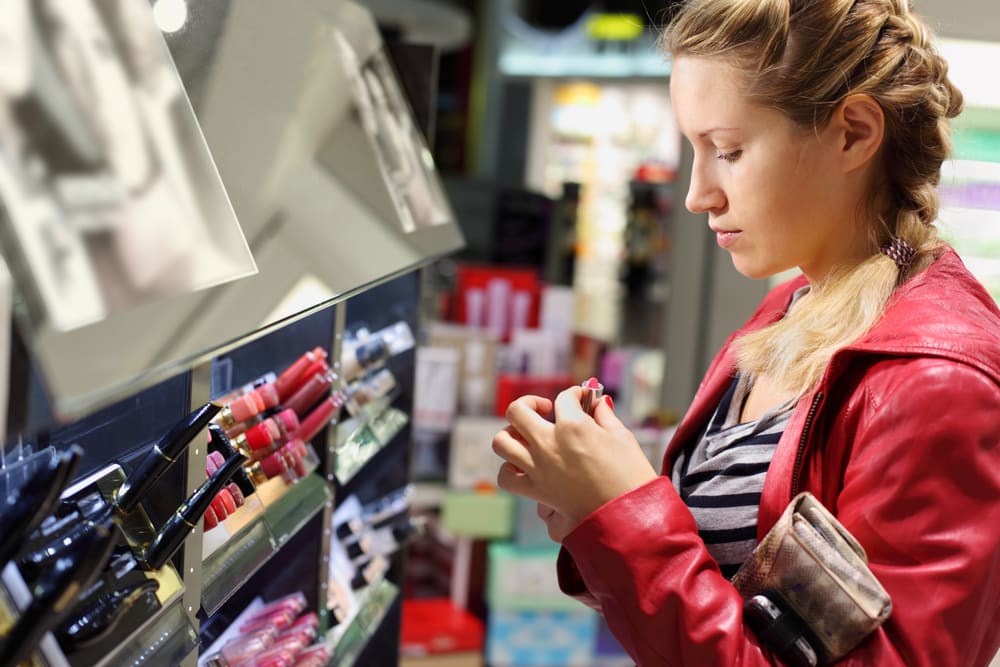IR Research Points to a Surge in Luxury Brand E-commerce
High-class brands should stay focused on their online presence, according to new research, as luxury brand e-commerce gets bumped up to business class in 2017.
For a sector that has been relatively slow to adjust to the rapid onset of digital selling, the challenge of keeping pace with a new set of consumer expectations is not something that can be overstated.
Luxury Brand E-commerce on the Rise
While it’s no secret that e-commerce is in the middle of a major growth spurt, some sectors have been slower to focus on the advantages than others. The luxury industry is broadly considered to lag when it comes to e-commerce, although a new report could be just the kick – or, more accurately, the white-gloved nudge – it needs to move in the right direction.
The research covering 2,000 consumers in the U.S. was conducted earlier this year by Bain and Co. on behalf of Farfetch. Among the many important findings for luxury brands, it highlights just how quickly the sector’s next generation of buyers has moved online.
Consider the following notable data points:
- As the overall market for premium goods declined for the industry-leading brands in 2016, their online luxury sales posted a 17.5% increase over the previous year.
- Health and beauty brands outpace most of their premium peers in other product categories when it comes to almost any digital channel, be it mobile shoppers (more than 50% of all site traffic, compared to luxury’s 43% average) or overall e-commerce growth of 26%.
- Rapid growth in the Chinese luxury market means that the country is projected to make up 35% of global premium retail purchases by 2025.
The shift online is especially prevalent among younger consumers, many of whom will buy their first luxury brand product online. In the age bracket covering 18 to 24, 14% of those surveyed confirmed that their initial exposure to premium products was online. This fell to just 3% in those between the ages of 45 to 54, indicating the need for premium retailers to cater to customers with very different expectations and shopping agendas.
In a category of retail that traditionally relies upon chic storefronts and a personal customer experience, the transition to primarily selling online promises to be even more jarring.

Health and Beauty Brands Lead the Way
Although jewelry is typically – and indeed literally – the gleaming example of premium consumer products, cosmetics brands are leading the way in the online luxury sector. With almost 26% online growth in this category for 2016, health and beauty’s e-commerce expansion was a full 8% ahead of jewelry last year.
Much of this online success can be attributed to the vibrant young brands that are true digital natives in the cosmetics sector.
As we’ve highlighted in recent months, names like Pat McGrath and Becca have an intimate understanding of what Millennials want and how to connect with these customers online. Social networks have played a huge role in that success, though it only truly works when the content is relatable and the brand comes across as authentic.
Expanding luxury brand e-commerce for other product categories is likely to follow suit, but it isn’t a blueprint that can be replicated without a genuine desire to add customer value.

At the same time, the struggle to ensure that brick and mortar stores remain relevant provides an ongoing challenge to traditional luxury retailers.
The trials and tribulations of established department stores, which at one time represented the second largest channels for luxury products after official brand stores, are well documented. This report forecasts that such retailers will see their share of the market dip to a mere 13% of the market by 2025, down from almost one-quarter of all luxury sales last year.
What does all of this mean for established retailers looking to break down the barriers to luxury brand e-commerce?
It means understanding that tomorrow’s high earners are not going to be attracted by the same strategy as today’s luxury consumers.
High quality and premium experiences will remain important brand elements, but new considerations such as exclusive content, depth on online information and resources, and rapid customer service will also need to be in place. This includes embracing social media channels and digital marketing strategies that both and inform potential buyers.
Starting to build a genuine brand relationship on these channels now promises to pay off significantly further down the line, as today’s aspiring professionals become the next generation of high earners.
Balancing the E-commerce Equation
Online sales might be the answer to the question “what comes next?” for luxury brands, but retailers would do well to remember where their bread has been traditionally buttered, if not spread with caviar.
More mature consumers remain a powerful demographic in this sector, as they are more likely to have the wealth to make luxury purchases. This cannot be overlooked in the rush to online channels, as the report’s demographic breakdown clearly reminds us.
That being said, 70% of all luxury goods buyers had factored an online interaction into their purchases. Clearly, the potential to reach customers of all ages and earning powers via digital channels is already making its influence known.
In summary, luxury retailers should consider a modern customer’s purchase as the sum of multiple subtle brand touches, rather than a single premium experience.
Luxury brand e-commerce is a trend that is only going to accelerate and expand beyond national borders. Failure to embrace digital channels, or to streamline the luxury online shopping experience beyond recognition, means that premium retailers risk appearing dated or, worse still, looking like cheap imitations of more dynamic competitors.
As anyone on the A-list will confirm, there’s nothing worse than receiving a cheap knock-off when one has paid for premium, dah-ling.